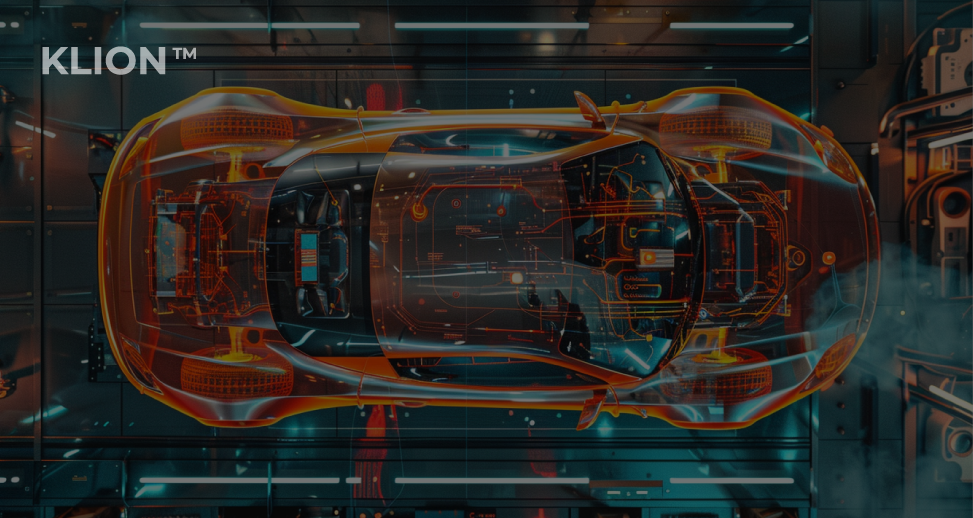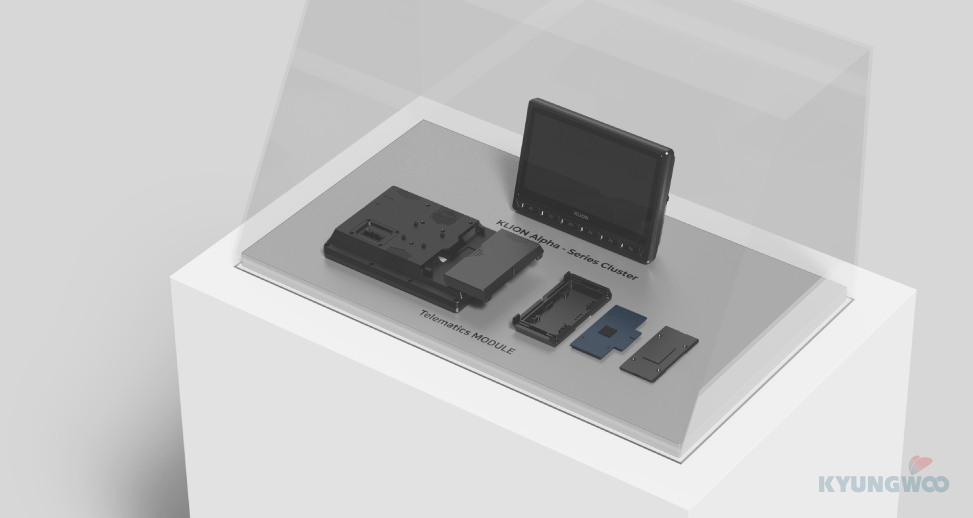
Electronic Control Unit (ECU) consolidation has emerged as a
transformative trend in automobile design and development. Modern passenger
cars have nearly 100 ECUs. Traditionally, these vehicles have relied on
multiple ECUs to manage individual systems such as engine, transmission, body
controls, telematics, ADAS, and infotainment systems.
However, advancements in computing power, software development, and
system integration are enabling manufacturers to consolidate these functions
into fewer, more capable
ECUs, delivering
numerous benefits across the lifecycle of vehicles.
One significant advantage of ECU consolidation is the reduction in vehicle
complexity. A traditional setup with numerous ECUs often requires extensive
wiring harnesses, connectors, and communication protocols, leading to increased
weight, higher manufacturing costs, and greater potential for failure points.
By integrating multiple functions into fewer ECUs, manufacturers can streamline
wiring, reduce the number of components, and simplify system architecture. This
decreases the overall weight of the vehicle and enhances reliability, and
facilitates easier troubleshooting and maintenance.
Another significant benefit is improved system performance. Consolidated ECUs enable tighter integration and coordination
between subsystems, enhancing vehicle efficiency, responsiveness, and
precision. More cars are starting to integrate digital clusters into the main
infotainment system, which makes a lot of sense considering the shared nature
of the driver interface with dynamic information display. ADAS functions are
also being consolidated into more powerful AI and control units instead of
having individual ECUs for individual driver assistant functions.
Cost savings and scalability are also compelling reasons to adopt ECU consolidation.
Manufacturing fewer types of ECUs in larger quantities allows for economies of
scale, reducing production costs. Moreover, software updates and feature upgrades can be deployed more efficiently with a common platform managing
multiple systems, ensuring vehicles remain adaptable to evolving needs and
regulations.
In addition to operational advantages, ECU consolidation supports
broader industry trends such as electrification and connectivity. With fewer ECUs, integrating vehicle systems into a unified
software architecture becomes more feasible, facilitating the implementation of
advanced telematics, predictive maintenance, and autonomous functions.
All these benefits apply equally well to commercial on/off-highway vehicles. For
example, a single ECU controlling both engine and transmission functions can
optimize power delivery and fuel efficiency by dynamically adjusting settings
based on real-time data. Similarly, consolidating control of hydraulic systems
and operator interfaces can improve usability and allow for more advanced
automation and assistance features, increasing operator productivity and reducing fatigue.

If the application of ECU consolidation for mission-critical
systems sounds too daunting, OEMs can start with a less risky area. One good
example is the consolidation of the Telematics function into the digital instrument cluster, which happens to have very powerful computing power. With the
proper design, the digital cluster can also consolidate the surround-view
camera system, as it already has a screen-based operator interface.
The unified E/E architecture with SW update over-the-air feature provides flexibility that is particularly valuable in
commercial vehicle applications where diverse operating conditions demand high
levels of customization and adaptability. Enhanced data collection and analysis
capabilities enable operators and fleet managers to make more informed
decisions and optimize the vehicle's operational lifecycle.
-
Ultimately, ECU consolidation represents a significant opportunity for innovation in the
commercial on/off-highway vehicle industry.
By reducing complexity, enhancing performance, lowering costs, and
enabling advanced features, it aligns with manufacturers' goals to deliver more efficient, reliable, and future-ready vehicles.
-
PREV [Whitepaper] Reengineering Legacy Automotive Electronics
-
NEXT No next post.